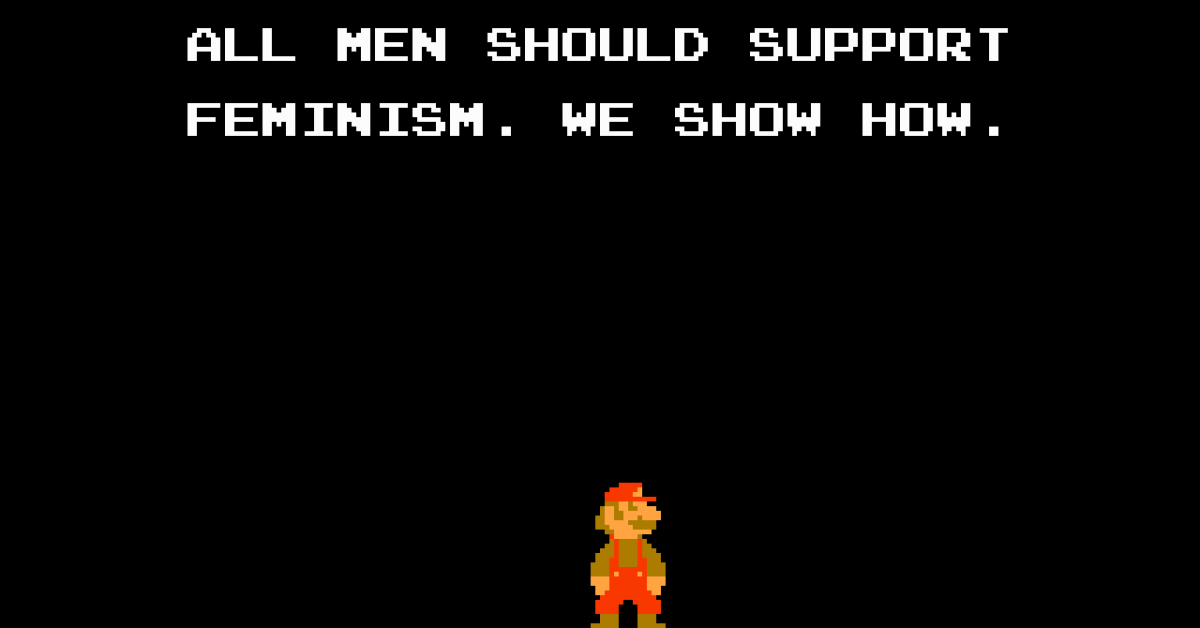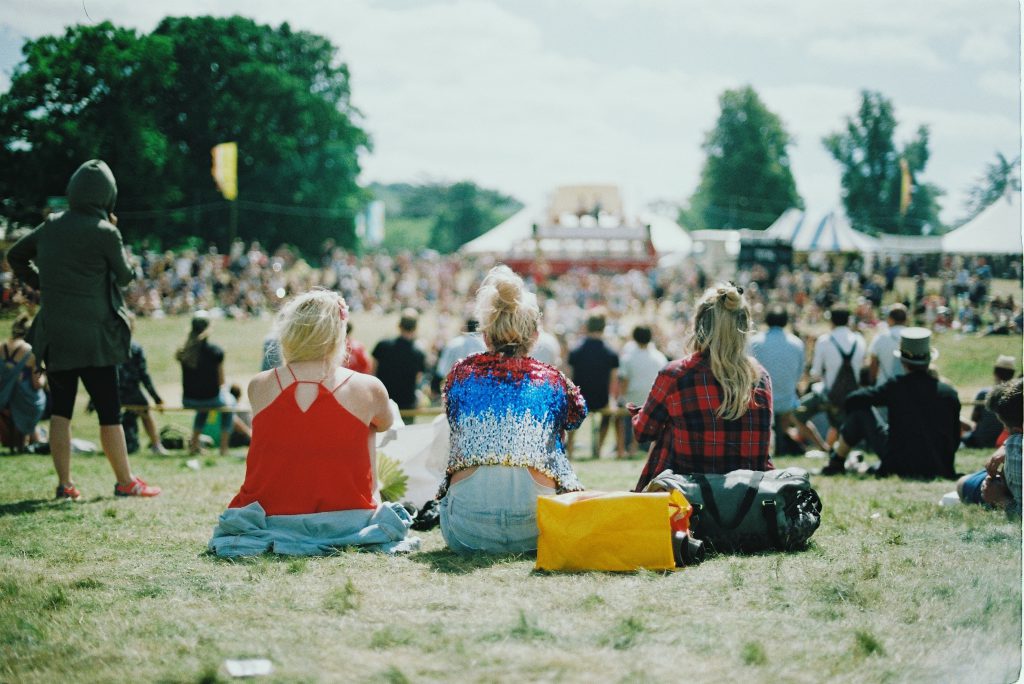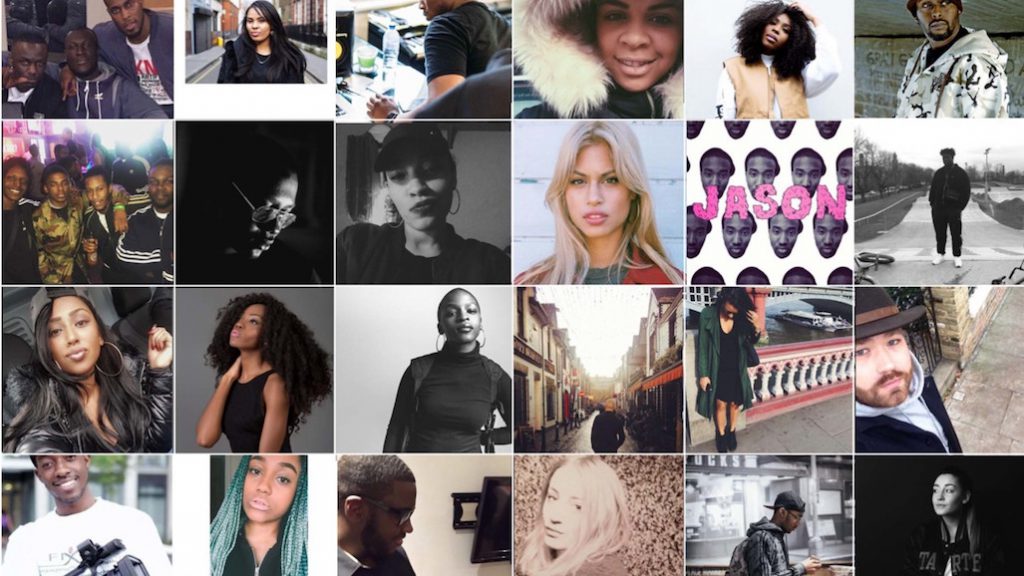Author: Philipp Eigner
Is there such a thing as feminist Salsa, Bachata and Kizomba?
Contact, proximity, tension and flow, dynamics, harmony, rhythm and aesthetics. Dancing is an incredibly fulfilling occupation. For me, it’s the first activity that really captivated me and made me constantly reach for more. More knowledge, more ease, more precise movements and clearer interaction. It delights me and makes me euphoric. Before, during and after. We don’t have to travel far to dance. We hardly need any special equipment. We do not even need special weather. Dancing always works. All this, for me, makes social dancing a captivating activity for every day of the week. I have never felt more fulfilled than when I am dancing.
This is how I feel about it.
However, dance can be interpreted differently. I have personal insight into the dances Salsa, Bachata and Kizomba. Dance is also fertile soil for macho fantasies, sexual assault and outdated gender role concepts. As a man who is gradually learning to think feministically, I often ask myself whether — as a member of the dance community — I am acting against my feminist convictions, carrying on sexism, or perpetuating stereotypes and unequal treatment.

Is there such a thing as feminist dancing of Salsa, Bachata and Kizomba, or is sexism an essential pillar of these dances? Throughout this text, I understand sexism as unequal treatment and judgement based on assumed gender differences.
What’s the problem?
Can something that triggers as many positive feelings as social dancing be problematic at all? I believe YES. On the one hand, it’s indeed possible that both dancing partners enjoy the moment of dancing without any reservations. On the other hand, this enjoyment takes place in a heavily burdened bigger picture. In a mindset that indisputably nourishes from fixed role concepts and attributions.
The basic principle of dances like Salsa is the distribution of roles into leaders and followers. In these dances, this distribution is absolutely necessary. Otherwise, the system of such dances would not work. The way figures are created by action and reaction is based on this distribution. Just as statics and dynamics, which have to apply to make the characteristic moves possible. Spinning, i.e. fast turns of the follower in the rhythm of the music, is not imaginable without clear guidance. Neither are lifting techniques that require a stable foundation to not appear uncontrolled. Without the leader-follower relationship, the dance would result in chaotic misunderstandings.
Some dances do not rely on the distribution of roles or are performed alone. But these will never provide the Salsa/Bachata/Kizomba feeling. This feeling that’s unique for each of the dances.
Now, this doesn’t mean the follower has to be female and vice versa. For the dances to work, it’s sufficient that the roles exist at all. Nevertheless, experience shows that the roles in the overwhelming majority are filled by men and women following the common stereotypes. The assigned functions of leader and follower are often carried out by men and women due to the traditional social narrative of the “natural” qualities of the respective gender. What does this mean?
The necessary functions of the leader in Salsa, Bachata and Kizomba, regardless of who takes on the role, are the following: He*She is the proactive, initiative part. The provider of ideas. Shapes the basic structure. Defines what is danced. Gives the framework. Forms the roots of the couple.
This coincides with many clichés projected onto men in the social mainstream: The man acts and defines; is the subject; is strong and rough.
The functions of the follower, however, are these: He*She is the reacting part. Can decide how the given framework is filled. Is the eye-catcher. Presents him*herself and is presented. Stands for the blossoms of the couple.
This in turn coincides with clichés usually projected onto women: The woman reacts; is the object; is beautiful and presentable.
Thus it’s obvious that a sexist role concept is portrayed and reinforced here. In my opinion, this is no coincidence. I am convinced that a sexist basic idea was always in mind, if not essential, when these dances evolved in the second half of the 20th century. Otherwise, I couldn’t explain how certain seductive gestures and the over-emphasis of bottom and chest entered the aesthetics of those dances. It’s striking who seduces whom, who represents whose adornment. Explicit sexism was more accepted in the old days. But even today the tales of boss and secretary, of rock star and groupie, of football player and football player’s wife are still present in people’s minds. The essential forms of expression of Salsa, Bachata and Kizomba fit into this hierarchical understanding.
Many of us have a queasy feeling about this. In 2020 we are questioning dated social patterns in all aspects of our lives. This also applies to dance.
What can we do to further develop the beauty of our dances and simultaneously throw the sexist ballast overboard?
As they will be frequently mentioned in the next few lines, I would like to once again point out the difference between the concepts sexual and sexist.
Sexual is what in the widest sense draws its energy from interpersonal attraction and reproductive drive. I here include love and amorousness in a somewhat simplistic way. The sexual drive is as fundamentally anchored in the human being as the need to eat or sleep. Although it’s overlaid by culture, it remains present. Still today it’s manifested, e.g. in the attractive or repulsive effect of body odour, in the perception of beauty and the desire for closeness. I enjoy observing the work of these energies and find nothing wrong with them. It’s sexist, on the other hand, to limit people’s freedom of expression based on assumed gender differences, to expect supposedly gender-specific forms of expression from dancers, but also to associate these forms of expression with sexual availability. Furthermore, it’s sexist to carry on social power constellations on the dance floor and to use dance as an excuse for sexual harassment.
Consequently, sexual is a neutral term, whereas sexist is a description of behaviour that’s condemned in our century.
In my opinion, social dancing could be made less sexist on these three levels: Basic agreement, simple changes in behaviour and role concepts.
Basic agreement
First of all, I believe there should be a basic agreement to consider dancing as a sport. A form of social interaction giving people a good feeling, regardless of their position. Dance should create a space for appreciation and respect. For me, this means that I dance at least one dance with everyone treating me with respect and inviting me to dance. Part of this respect is to be cultivated, friendly and not completely drunk. Furthermore not to rip me out of a conversation. At the same time, the sportive way of dancing I am talking about here should be practised without sexual intention. It’s true that feelings arising from sexuality play an essential role in the completeness of a dance, as we will see later. Nevertheless, dance events should be non-violent places where closeness and interaction depend on the consent of each person.
Dancers who use the dance floor for abuse and harassment, who grab, grope and don’t want to distinguish the hip from the bottom, are beyond any discussion I would like to have here.
Simple changes in behaviour
It’s easy to leave out obviously sexist details from the dance if they don’t add any value. This includes suggestive gestures and names of certain figures. Here I am talking, for instance, about moves of Salsa Rueda de Casino, which clearly represent penetration or slaps on the bottom. In the European context of social dancing, they portray nothing else than male domination and assault. As a white German, it’s not up to me to judge the original meaning of the moves originating from the Cuban Guaguancó. Still, I will not use them in my dance.
A second behaviour, which can easily be identified and dismissed as sexist, is the traditional dance invitation: the follower waiting for the leader’s request. This custom from the last millennium has no value for dancing, except stamping the follower as passive once again. In my circle of friends, the one-sided dance invitation already has become history. This makes it easier to treat each other as subjects. As subjects who put themselves into a certain role for a limited period of time and can leave it whenever they want. Invitations can also be refused at any time if the person being invited is not in the mood for it. The person asking must respect this choice.
Role concept
Ifind it more difficult to change the role concept in dance. By role concept I mean here: Who takes on which of the roles described above and consciously or unconsciously fulfils the whole package of expectations associated with that role? The core components of dance are affected by the role concept and the actual individuals playing the roles. At the very top of that article, I have named these core components: tension, flow, rhythm, dynamics, proximity, harmony, contact and aesthetics. Some of them are clustered around the attraction of two people. Tension to dynamics are imaginable without interpersonal attraction. For me, this means from concrete experience: As a heterosexual cis man, it’s quite easy for me to experience these components with any other person of any gender positioning. That means also with people I am not sexually oriented towards (e.g. other heterosexual cis men).
However, to put life into the components proximity, harmony, contact and aesthetics, I need interpersonal attraction. Or at least the rejection must not be too strong. How attraction or rejection work is unique to each person and includes gender identity and sexual orientation. Everyone has met a variety of people whom they are not attracted to.
Wait a minute! Why am I writing about sexual attraction here, although this text is actually about overcoming sexism (a cultural phenomenon) and not sexuality (something supposedly natural)? I feel our sexuality hinders us from overcoming sexist behaviour.
It’s the sexual attraction that, in my opinion, makes it possible to let oneself fall entirely into the dance. I think every dancer knows the short falling in love occurring when a dance is perfect. This falling in love, that makes the dancing partners briefly melt together. This is the case even though I have excluded sexual intentions earlier and defined the dance as sportive. That sounds paradoxical! But it makes sense if we acknowledge that it is a conscious decision to exclude sexual intentions. A social agreement and a product of cultural education.
At this point, there is often irritation of outsiders who are not familiar with the dancing agreement. People who see Bachata Sensual or Kizomba for the first time are often convinced they witness a kind of obscene sex with clothes on. It’s true: What is performed has sexual expressions. But as far as I can tell, there is usually no tangible thought of sex between the partners. The dancing agreement allows us to reproduce the supposedly sexual expressions with many different people, even strangers. The best time to observe the dancing agreement at work is in the seconds after the end of the song. Often there is a short hug and then the dancers quickly re-establish their intimate sphere. Thereafter both rapidly go their way. This phenomenon can be observed on social dance floors and also in videos of professional dance couples.
For me, attraction is an important component in fulfilling dance. I guess it’s quite relevant for many dancers with whom they dance. At the same time, the aesthetics the dancing couple wants to feel and express are determined by social conditioning, which cannot simply be thrown overboard. We have seen these aesthetics over and over again in films, YouTube videos and advertising: Sunset. Beach. Tenderness. Face to face. Cheek to cheek. These are just some of the common associations with couple dance. So beautiful, so limiting.
This leads to the following problem: To avoid confirming role clichés, it would be worth striving to dance with one another without regard to gender. That way, all roles would be adopted by all genders. Attribution would be dismissed. At the same time, it would be easier to break with the familiar aesthetic expectations because of the unusual image. New impressions that do not depend on perceived gender could arise: sporty, playful, circular, linear, clear, cool, explosive, energetic, soft or flowy. However, my sexuality (in a wide sense) hinders this gender-independent performance. Regardless of taking the role of leader or follower, I feel most comfortable dancing with a woman I find attractive (or at least not repellent). And so I return to my Hollywood-Sunset-Comfort-Zone. This way, the most fundamental chance to shake up clichés is wasted.
So I try to at least break with the clichés within my frequent man-woman dances. I like to play the follower-role in dancing with a woman. I can then fulfil all components of the dance… except for the typical aesthetics. For example, I do not want to perform certain gestures which woman traditionally do when they play the follower-role (stroking through the hair or overdoing hip movements, etc.). And when I perform them, it’s meant self-ironic. Hence, the aesthetics of our dance with reversed roles becomes different from the classical one and feels incomplete.
Why do I not want to perform these gestures? Because I feel ashamed? Because I am afraid of people’s judgement? Because I have a problem with what these gestures say? Because I equate attributed femininity with weakness deep in my subconscious and I do not want to appear weak myself?
Then why do I find it OK for women to use these gestures? Am I less feminist than I would like to be? Do I unconsciously demand that women use such gestures and therefore interpret a dance with a reversed role assignment as incomplete per se?
Probably a little bit of everything is right! I still carry expectations inside me which I need to drop. On the other hand, we obviously lack a comprehensible offer of dance aesthetics that can be used regardless of gender. Aesthetics that don’t transport any traditional clichés (such as weakness and sexual availability), yet still feel beautiful and complete.
Utopia
The development of new aesthetics beyond familiar attributions could be the first step we can start with today. Starting points could be the adjectives I mentioned above (sporty, playful, circular, linear, clear, cool, explosive, energetic, soft, flowy). Possible topic of a workshop: What can dancers do to make the dance look “playful”? Possible topic of a series of courses: How do we create a feeling of “explosiveness” for us and our environment? … There are forms of expression waiting for us which we can’t imagine today within the Salsa, Bachata or Kizomba community. All this requires a long process. Dances are in constant change anyway, but the direction of that change can possibly be influenced by some special focus on anti-sexism.
The aim should be to uncouple dance with its beautiful aspects from power structures and outdated role concepts. At the same time, we should not deny the importance of interpersonal attraction. That e.g. means not to expect a progressive dancer to dance with each and every person. Expression always is highly subjective. One thing is particularly important: everyone must be allowed to stay who they are. From personal conversations I know that many women, even those with a thoroughly feminist attitude, enjoy letting themselves fall into the follower-role. Knowing full well that they do so intentionally, being able to escape this role whenever they want.
We must not mistakenly invent counter-norms. For me, acting feminist means creating a climate in which everyone can be him*herself without being devalued. Every dancer is allowed to express what he*she wants to stand for at that moment. Without aesthetic constraints, without limits. For themselves.
The author was born and raised in East Germany. He is currently based in Bremen/Germany. Philipp says he’s a passionate feminist, dancer and engineer. He’s constantly trying to figure out how privileged people can be part of the solution to discrimination issues.
This article has originally been published here (in German) and here (in English).



